Author: Chad Clark, VP Sales & Marketing, Vitrek, LLC
Date: 09/03/2019
The power electronics designer’s equivalent of the fabled Swiss Army Knife, the
power analyzer puts together all the tools needed....
 The Swiss Army Knife (Figure 1) is a whole lot more than a knife. True, it starts out as a basic pocket knife but then it adds everything from screw-drivers, bottle opener, corkscrew, scissors and a halfdozen other useful tools.
The Swiss Army Knife (Figure 1) is a whole lot more than a knife. True, it starts out as a basic pocket knife but then it adds everything from screw-drivers, bottle opener, corkscrew, scissors and a halfdozen other useful tools.
This venerable pocket tool has been used in numerous analogies for equipment that handles a combination of functions. In that regard, it’s clear that the power analyzer is the power electronics professional’s bench-top Swiss Army Knife. Here’s why: The design of any power conversion system requires the
measurement of a large range of electrical parameters that could be made using a lab bench full of instruments. The power analyzer pulls all of these measurements into a single instrument, replacing meters, oscilloscopes, chart recorders, data loggers, harmonic analyzers and other devices.
What is a power analyzer?
Power analyzers (PAs) are a class of electronic instrumentation that combines the precision measurement and recording of a variety of parameters critical in designing and evaluating systems designed to generate, convert and consume electrical energy. Parameters include voltage, current, frequency, harmonics, RFI/EMI, power, efficiency and others. In addition to performing these measurements, power analyzers typically include the
capabilities of saving setup data, producing reports, communicating via digital means with external devices and other PAs to perform and archive testing of complex systems. Some power analyzers have built-in functions to test equipment for compliance with efficiency and emissions standards.
In short, power analyzers are more than a mere collection of measurement and display functions. These instruments provide an integration of those functions into a cohesive tool required in the design and manufacturing of power electronics equipment. (Figure 2)
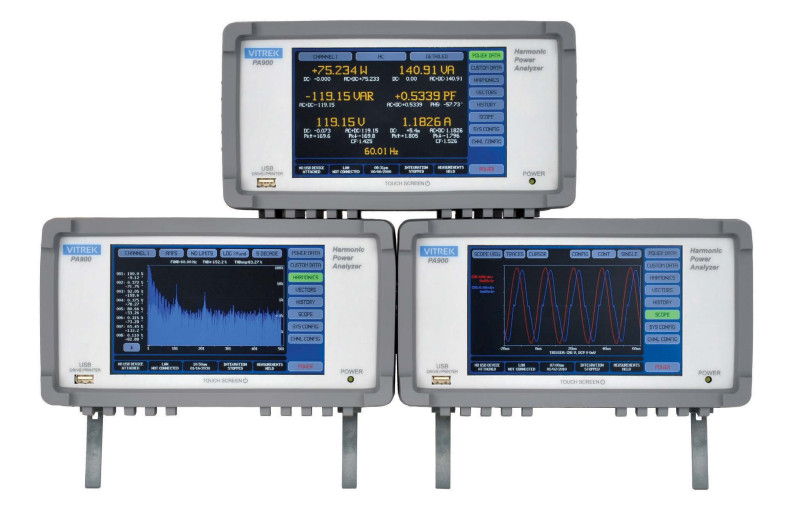 Figure 2. Power analyzers, like the Vitrek PA900 shown here, combine power measurement and display
Figure 2. Power analyzers, like the Vitrek PA900 shown here, combine power measurement and display
functions into a cohesive tool
Power Analyzer Applications
By combining the features and functions of a collection of instruments, Power Analyzers provide the ability to not only measure a wide range of parameters, but also display the information in useful and effective ways, store the test setup information and data acquired and communicate/synchronize the information. Applications where PAs are commonly utilized, and the measurements typically made include:
- AC to DC Power Supplies- input power factor, inrush current, efficiency, harmonics, EMC emissions/compliance, current, power
- DC-DC Converters- power factor, efficiency, harmonics, EMC emissions/compliance, current, power, ripple
- Motors- inrush, efficiency, power, frequency, phase diagrams, speed/torque/direction transducers (analog and digital)
- Adjustable Speed Motor Drives- efficiency, harmonics, frequency, power, crest factor, compliance
- LED Power Supplies- power factor, ripple, power, efficiency
- Solar Power Systems- peak power point, voltage, efficiency,
- Uninterruptible Power Supplies- power factor, efficiency, output voltage, output frequency, harmonics, phase to phase measurements and phase angles
- Battery Chargers- input power factor, efficiency, harmonics, EMC emissions/compliance, current, power, ripple
- Electric Vehicle Power Systems- efficiency, power, voltage, charging current
- Appliances / HVAC Systems- standby power measurements and testing (for example to EN50564), power factor, efficiency, EMC emissions compliance Scope capture and history are valuable tools for short term or long-term characterization during design and development. In addition to these product design, development and manufacturing applications, Power Analyzers are also employed in the field to troubleshoot problems and assess performance of systems in operation.
Compliance Testing
One special feature of many more advanced Power Analyzers is the capability to perform the measurements
required to meet compliance test requirements for various industry leading environmental performance
standards. A list of standards that are frequently required include:
- EN60034-2-1:2014 (motor drives)
- EN50564:2011 (standby power)
- EN61000-3-2 and 3-12 and 4-7 (harmonics emissions)
- RTCA DO-160E/F/G (avionics)
- Boeing 787B3-0147
- Airbus ABD0100.1.8 (A380) and ABD0100.1.8.1 (A350)
Power Analyzer Configurations
Many basic applications require the use of a single power analyzer. Most analyzers provide the capability of
making multi-phase measurements. Here in this section, several applications requiring the application of one
or more PAs will be described.
Single Analyzer Applications
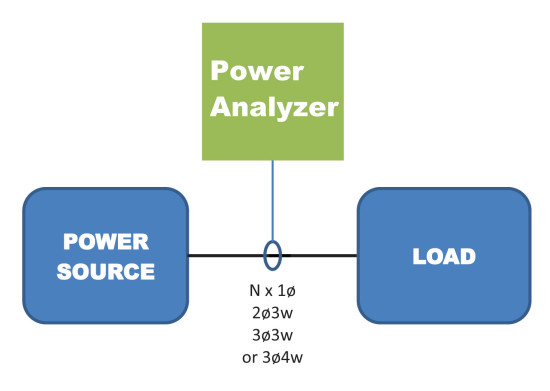
Figure 3. Advanced PAs offer versions to accommodate a selection of single-phase and multi-phase
measurements
Power analyzers are connected between the source and load, as shown in figure 3. All of the measurements described earlier in this article are possible with a single analyzer, with the exception of efficiency which must calculate this value based on measurements of input power and power output.
Dual Analyzer Applications
In applications where both input and output measurements must be conducted simultaneously, it is necessary to utilize two PAs, as shown in Figure 4.
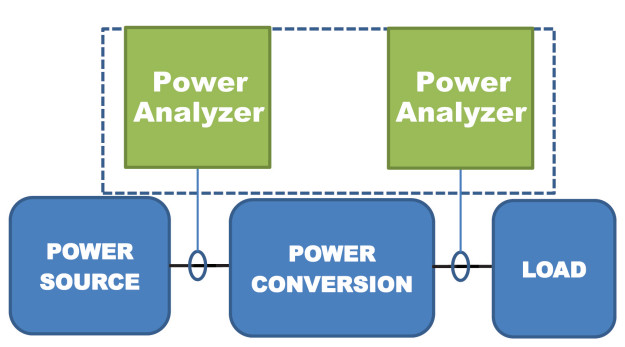
Figure 4. Two PAs are needed in applications where both input and output measurements are required
A list of typical applications requiring dual power analyzers would include the following:
- AC to DC Power Supplies (single or multiple outputs)
- DC to DC Power Supplies (single or multiple outputs)
- DC or fixed frequency AC supplied variable or fixed speed motor drives
- Power Transformers (single or multi-phase)
- Lighting Ballasts (most types)
- Standby or Backup Power Supplies (AC or DC)
- Photovoltaic Power Generators (DC in; DC or AC out)
- Electric Vehicle Traction Motor / Generator Drive Systems
Triple Analyzer Applications
Complex systems with multiple power conversion stages would require three synchronized PAs as shown in
figure 5. Examples of electronic systems requiring three PAs to fully characterize performance include:
- Emergency Lighting Ballasts (most types)
- Standby or Backup Power Supplies (AC or DC)
- Solar Systems with Auxiliary Battery Backup
Note that in large systems, e.g., distributed power networks, the input PA can be placed literally miles away from the output PA.
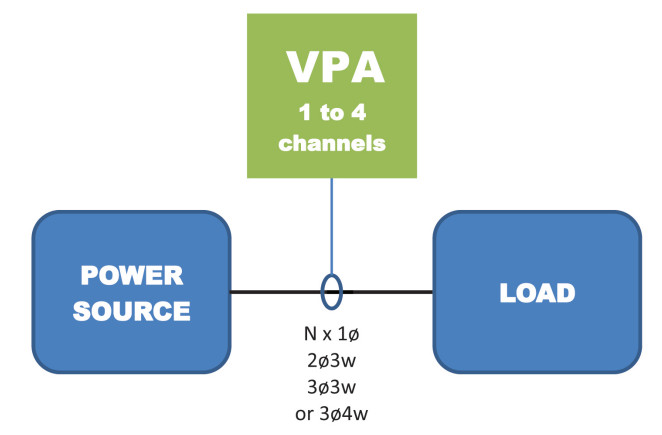
Figure 5. double-conversion systems, like the UPS shown here would require three PAs to completely
characterize performance
The Virtual Power Analyzer
The information presented in this article is intended to provide a basic understanding of the utility and effectiveness of power analyzers in the design, development and analysis of power conversion systems. In many cases, the application requires the use of multiple PAs to accomplish the task at hand. While nearly all PAs provide versions that can handle either single phase or multiple phase inputs, an emerging and innovative approach integrates separate PAs into a single instrument. Vitrek, for example, calls this approach, VPA.
(Figure 6.) The VPA (or “Virtual Power Analyzer” architecture) turns each channel in the instrument into an individual PA channel. Channels can be combined enabling a single device in some applications to perform the work of multiple instruments. More information on this concept is available in a white paper available on www.vitrek.com.
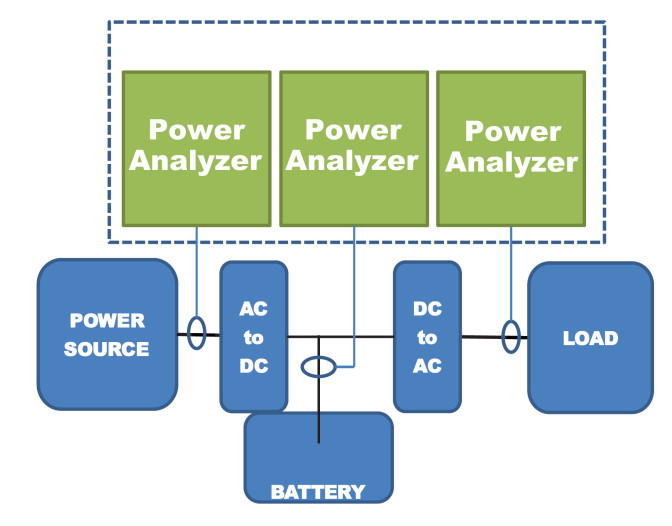
Figure 6. The Vitrek PA9xx can be equipped with up to four independent channels that can be configured into up
three separate PAs
Conclusion
The Swiss Army Knife provides an array of tools, available and useful as needed. Thinking of a power analyzer in a similar way, users should consider the entire range of features and functions that will be useful in a variety of applications. The following is a useful checklist that may be helpful:
- Simple setup and operation via a touchscreen display
- High-resolution digital display
- Supply frequency measurements DC and 0.01Hz to over 1MHz supply frequencies
- Multiple accuracies and frequencies based on your specific application
- Single phase and multi-phase inputs (including all common types)
- VPA ( Virtual Power Analyzer) Features extending the testing capabilities of the Power Analyzer
- Input voltages up to 600VAC
- Bi-Directional power flow (per phase and total)
- Total power (W, VA, VAR and PF) measured in addition to the individual phases
- Max hold maintained for voltage, current and power measurements
- Harmonic analysis of every signal up to the 500th harmonic
- Datalogging capabilities with scalable timebase
- Report generation capabilities
- Built-in programming to testing to selected safety and emission standards.
Vitrek, LLC
| |
Download |